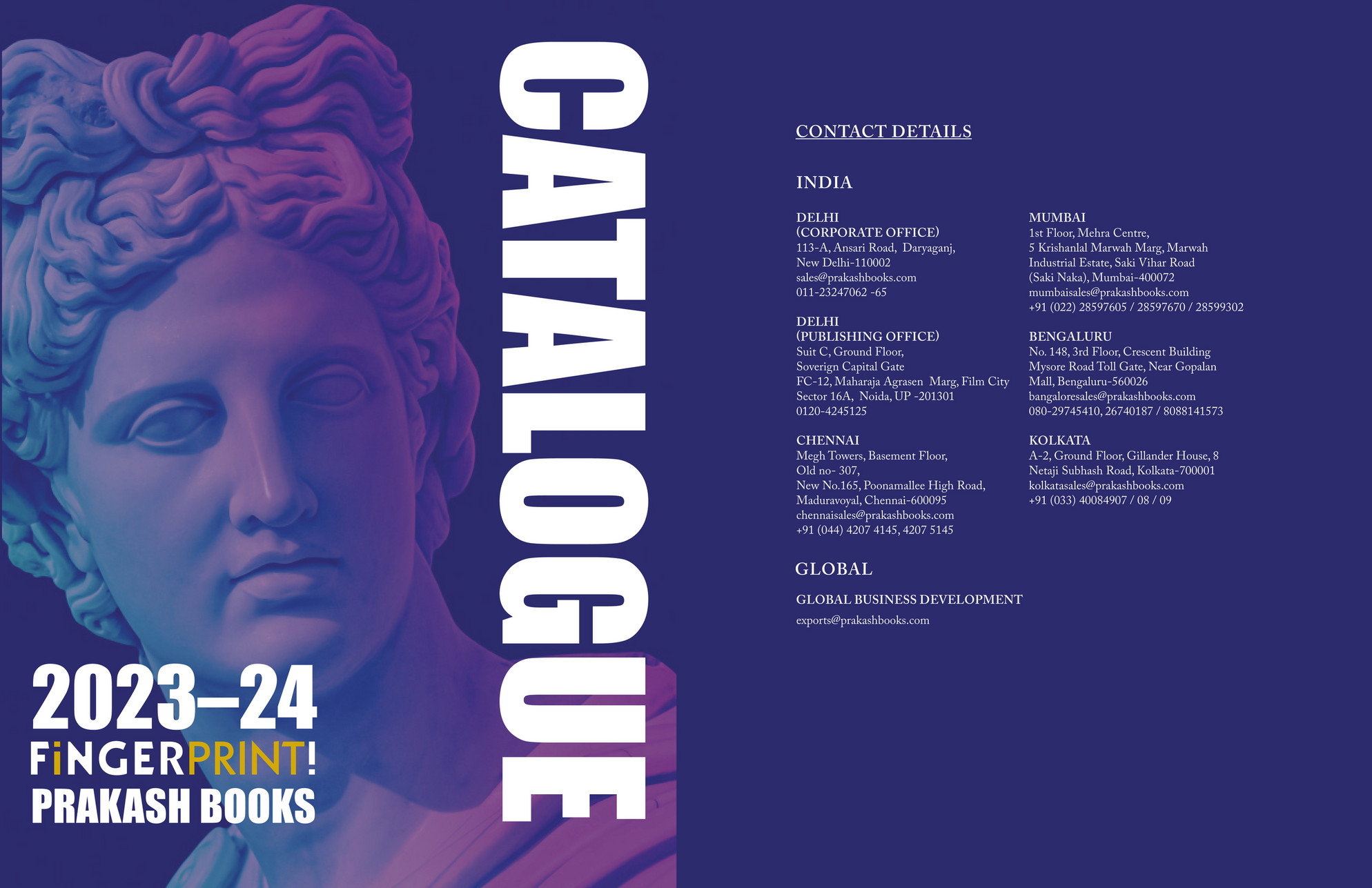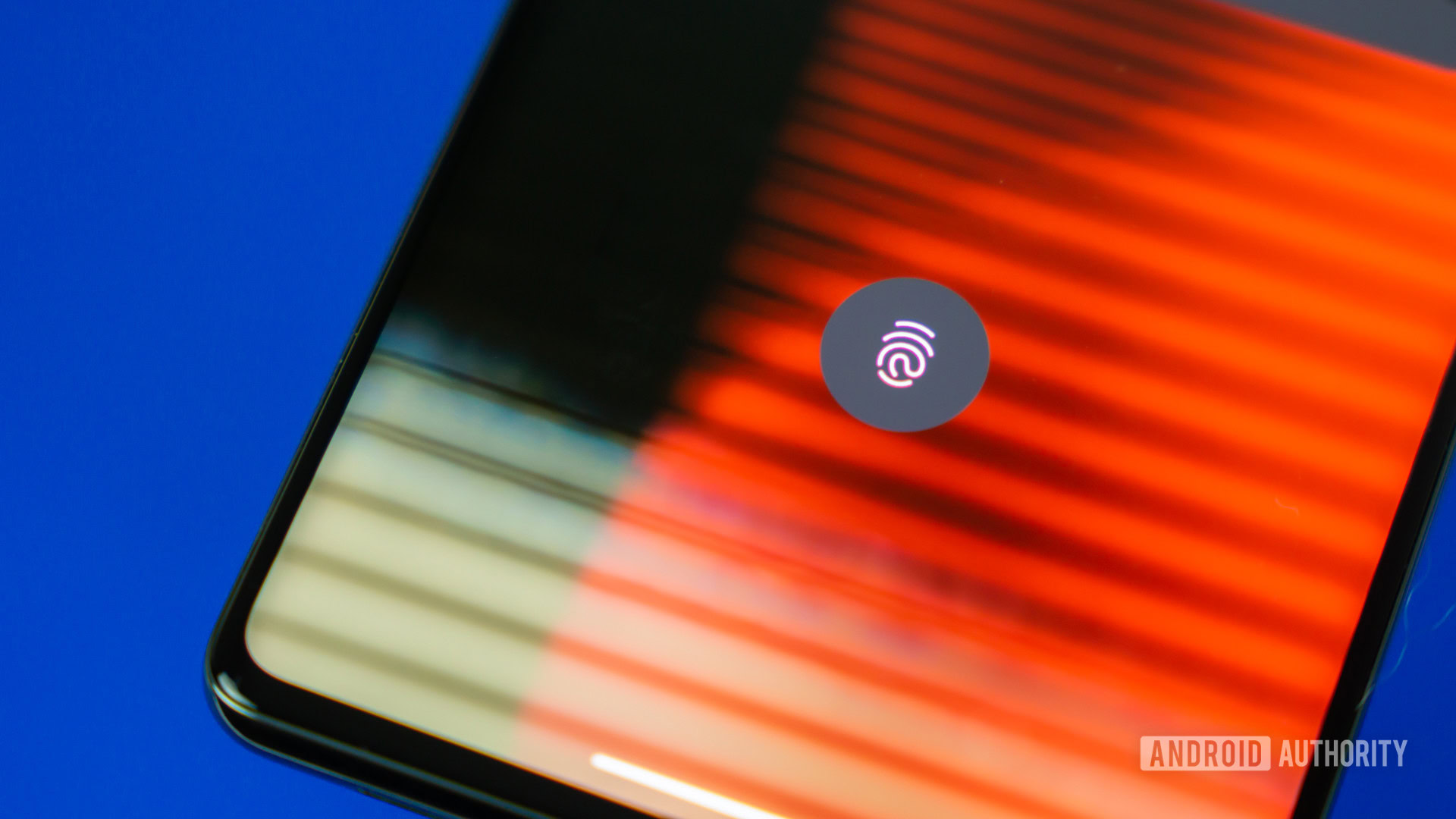Four Lady Fingerprint: The Ultimate Guide To Understanding The Phenomenon
Four Lady Fingerprint, also known as the "basket weave" pattern, has captivated the interest of many due to its unique appearance and cultural significance. This fingerprint pattern is not only fascinating from a scientific perspective but also holds deep meanings in various cultures and traditions. If you've ever wondered what makes this pattern so special, you're in the right place. This article will explore everything you need to know about the Four Lady Fingerprint, including its characteristics, cultural interpretations, and scientific explanations.
The concept of fingerprint analysis has been around for centuries, but the Four Lady Fingerprint has gained particular attention in recent years. This pattern is not just a random occurrence; it carries specific traits that set it apart from other fingerprint types. Understanding its uniqueness can provide insights into human genetics, personality traits, and even cultural symbolism.
In this comprehensive guide, we'll delve into the intricacies of the Four Lady Fingerprint, exploring its origins, significance, and the science behind it. Whether you're a fingerprint enthusiast or simply curious about this rare pattern, this article will provide you with valuable information and answers to your questions.
- Discover The Ultimate Movie Hub Your Gateway To Cinematic Excellence
- Mms Videos A Comprehensive Guide To Understanding Utilizing And Maximizing Their Potential
Table of Contents
- What is Four Lady Fingerprint?
- History and Origin of Four Lady Fingerprint
- Scientific Analysis of the Pattern
- Types of Fingerprints and Their Characteristics
- Cultural Significance of Four Lady Fingerprint
- Personality Traits Associated with Four Lady Fingerprint
- Genetic Factors Influencing Fingerprint Patterns
- Myths and Misconceptions About Four Lady Fingerprint
- Practical Applications of Fingerprint Analysis
- Conclusion and Final Thoughts
What is Four Lady Fingerprint?
The Four Lady Fingerprint is a rare and distinct fingerprint pattern characterized by its intricate "basket weave" design. Unlike other fingerprint types, such as loops or whorls, this pattern features a complex interlacing of ridges that resemble a woven basket. This unique appearance has led to its nickname, "Four Lady," as it is often associated with elegance and sophistication.
This fingerprint pattern is found in a small percentage of the population, making it even more intriguing to researchers and enthusiasts alike. Its rarity adds to its allure, prompting many to explore its potential implications in various fields, including genetics, psychology, and anthropology.
In scientific terms, the Four Lady Fingerprint is classified as a subtype of the whorl pattern, specifically known as the "central pocket loop." This classification helps researchers understand its formation and the genetic factors that contribute to its development.
- Aditi Mistry Live A Rising Star In The Digital Era
- Hdhub4u South Movie Your Ultimate Guide To South Indian Cinema
History and Origin of Four Lady Fingerprint
The history of fingerprint analysis dates back thousands of years, with early civilizations using fingerprints for identification purposes. The Four Lady Fingerprint, however, gained prominence in modern times due to advancements in forensic science and biometric technology.
Early Discoveries
Archaeological evidence suggests that ancient civilizations, such as the Babylonians and Chinese, used fingerprints for authentication and record-keeping. These early practices laid the foundation for modern fingerprint analysis, which eventually led to the identification of unique patterns like the Four Lady Fingerprint.
Modern Recognition
In the late 19th and early 20th centuries, scientists like Sir Francis Galton and Henry Faulds made significant contributions to fingerprint classification. Their research identified the various types of fingerprint patterns, including the rare Four Lady Fingerprint, which continues to be studied today.
Scientific Analysis of the Pattern
From a scientific perspective, the Four Lady Fingerprint is a fascinating subject of study. Its formation is influenced by a combination of genetic and environmental factors, making it a valuable tool for understanding human biology.
Formation Process
During fetal development, the formation of fingerprint patterns occurs between the 10th and 24th weeks of gestation. The ridges and valleys that make up the Four Lady Fingerprint are shaped by the interaction of genetic instructions and environmental conditions in the womb. This process ensures that no two fingerprints are exactly alike, even in identical twins.
Genetic Influence
Research has shown that genetic factors play a significant role in determining fingerprint patterns. Specific genes, such as the SMARCAD1 gene, have been linked to the development of unique patterns like the Four Lady Fingerprint. By studying these genetic influences, scientists hope to gain a deeper understanding of human diversity and individuality.
Types of Fingerprints and Their Characteristics
While the Four Lady Fingerprint is a rare subtype of the whorl pattern, there are several other fingerprint types with distinct characteristics. Understanding these types can provide insights into the diversity of human fingerprints.
- Loop Pattern: The most common fingerprint type, characterized by ridges that enter and exit on the same side.
- Whorl Pattern: A circular or spiral pattern that accounts for approximately 35% of all fingerprints.
- Arch Pattern: A simple, hill-like pattern that makes up about 5% of all fingerprints.
- Four Lady Fingerprint: A rare subtype of the whorl pattern, distinguished by its intricate "basket weave" design.
Cultural Significance of Four Lady Fingerprint
In many cultures, fingerprints hold deep symbolic meanings, and the Four Lady Fingerprint is no exception. Its unique appearance has inspired various interpretations and traditions across the globe.
Eastern Traditions
In some Asian cultures, the Four Lady Fingerprint is associated with good fortune and prosperity. It is believed to symbolize harmony and balance, qualities that are highly valued in these societies.
Western Interpretations
In Western cultures, the Four Lady Fingerprint is often seen as a mark of individuality and creativity. Its intricate design is thought to represent the complexity and uniqueness of human nature.
Personality Traits Associated with Four Lady Fingerprint
While scientific evidence supporting the link between fingerprint patterns and personality traits is limited, many people believe that the Four Lady Fingerprint reflects certain characteristics. These traits are often associated with creativity, intelligence, and adaptability.
Creative Minds
Individuals with the Four Lady Fingerprint are often considered highly creative and innovative. They tend to approach problems with unique perspectives and solutions, making them valuable assets in creative fields.
Intellectual Capacity
Some studies suggest that people with rare fingerprint patterns, such as the Four Lady Fingerprint, may possess higher intellectual capacities. While more research is needed to confirm these findings, the association between rare patterns and intelligence continues to intrigue researchers.
Genetic Factors Influencing Fingerprint Patterns
The role of genetics in fingerprint formation cannot be overstated. By examining the genetic factors that contribute to the development of unique patterns like the Four Lady Fingerprint, scientists can gain a better understanding of human diversity.
Hereditary Traits
Research has shown that fingerprint patterns are influenced by hereditary traits passed down from parents to offspring. While identical twins share the same genetic makeup, subtle differences in their fingerprints can still be observed due to environmental factors during fetal development.
Environmental Impact
Environmental conditions in the womb, such as amniotic fluid pressure and maternal health, also play a role in shaping fingerprint patterns. These factors contribute to the uniqueness of each individual's fingerprints, including the rare Four Lady Fingerprint.
Myths and Misconceptions About Four Lady Fingerprint
Despite its scientific significance, the Four Lady Fingerprint has been the subject of various myths and misconceptions. Separating fact from fiction is essential for understanding the true nature of this fascinating pattern.
Myth: Fingerprints Can Be Easily Altered
One common misconception is that fingerprints can be altered through surgery or other means. While minor changes may occur due to injury or scarring, the overall pattern remains unchanged throughout a person's life.
Misconception: Fingerprints Determine Personality
Although some people believe that fingerprint patterns can reveal personality traits, there is little scientific evidence to support this claim. While fingerprints are unique to each individual, they do not provide a reliable basis for personality assessment.
Practical Applications of Fingerprint Analysis
The study of fingerprints, including the Four Lady Fingerprint, has numerous practical applications in fields such as forensics, biometrics, and medicine.
Forensic Science
Fingerprint analysis is a crucial tool in forensic investigations, helping law enforcement agencies identify suspects and solve crimes. The uniqueness of the Four Lady Fingerprint makes it particularly valuable in cases where rare patterns are involved.
Biometric Technology
Biometric systems rely on fingerprint patterns for secure authentication and identification. The Four Lady Fingerprint, with its intricate design, provides a high level of security and reliability in these applications.
Conclusion and Final Thoughts
The Four Lady Fingerprint is a remarkable pattern that continues to captivate researchers and enthusiasts worldwide. Its unique characteristics, cultural significance, and scientific importance make it a valuable subject of study. By understanding the factors that contribute to its formation and the implications of its rarity, we can gain a deeper appreciation for the diversity of human fingerprints.
We invite you to share your thoughts and experiences with the Four Lady Fingerprint in the comments below. Your feedback and insights can help us expand our knowledge and understanding of this fascinating phenomenon. Additionally, feel free to explore other articles on our site for more information on related topics.
References:
- Galton, F. (1892). Fingerprints. Macmillan.
- Faulds, H. (1880). On the Skin-Furrows of the Hand. Nature.
- Genetic Factors in Fingerprint Formation. Journal of Human Genetics.



Detail Author:
- Name : Meaghan Hudson Sr.
- Username : mckenzie.baylee
- Email : afarrell@gmail.com
- Birthdate : 1975-01-18
- Address : 889 Rath Views East Claire, IN 29788-2889
- Phone : (912) 413-8488
- Company : Predovic, Brakus and Hodkiewicz
- Job : Art Director
- Bio : Facere totam facere enim dolorem ut maxime eveniet. Vero et voluptas sunt est. Qui dolor sed culpa consequatur eos quia sunt. Tempore consequatur velit rerum ut quasi voluptas ut ut.
Socials
facebook:
- url : https://facebook.com/ernestina_dev
- username : ernestina_dev
- bio : Omnis rerum nihil rerum earum exercitationem quia.
- followers : 5758
- following : 1770
tiktok:
- url : https://tiktok.com/@ernestinaswift
- username : ernestinaswift
- bio : Nobis illum voluptatem consequuntur id facere laboriosam.
- followers : 4620
- following : 965
linkedin:
- url : https://linkedin.com/in/swifte
- username : swifte
- bio : Maiores consequatur natus molestiae.
- followers : 921
- following : 171
twitter:
- url : https://twitter.com/ernestina.swift
- username : ernestina.swift
- bio : Eos in dolores quod sapiente. Unde reiciendis dolor aut odit. Laborum consectetur rerum ex corrupti molestias iure. Ipsa facere quia voluptatem.
- followers : 5819
- following : 2901